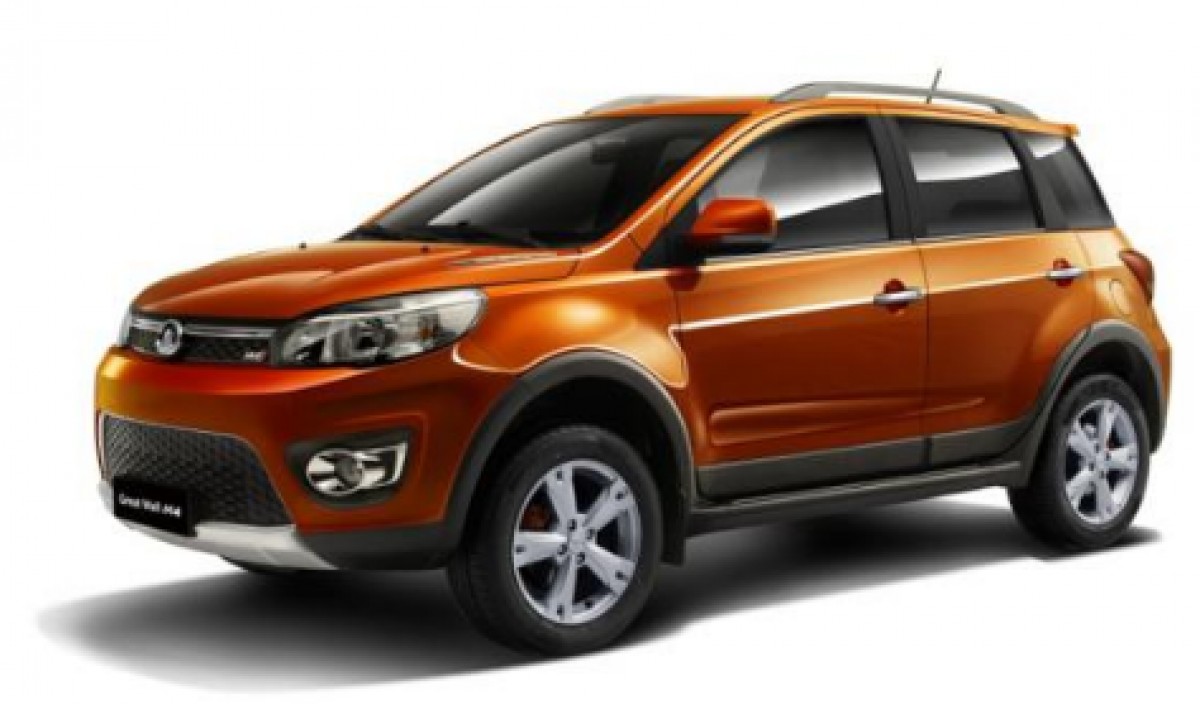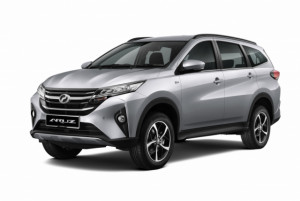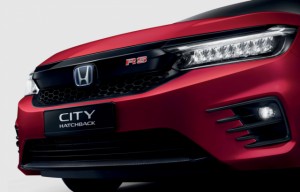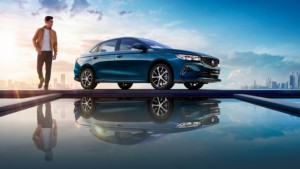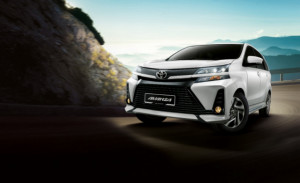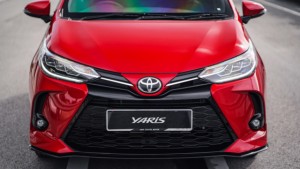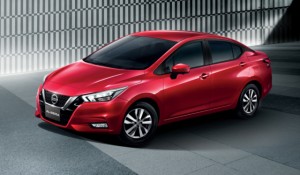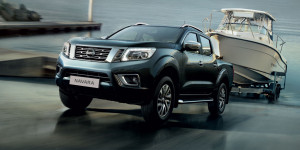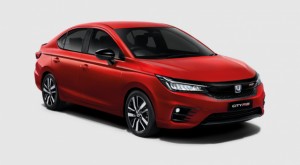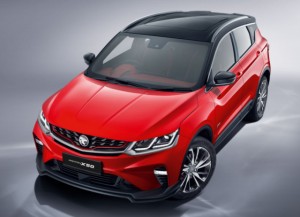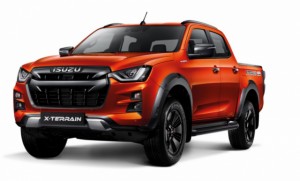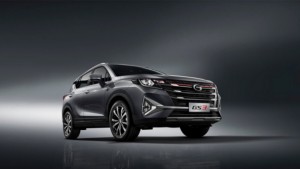Key Highlights
Overview
Haval H1 2021-2022 Review
There was once a time when Haval was a pretty strong up and coming brand in Malaysia, and a competitively priced alternative to the establishment. Of course this has changed since our national car brand is now owned and managed by Geely, which poses a problem for Haval’s unique position as a Chinese car distributor. One of their mainstays among their product lineup is the Haval H1, which was previously known as the Haval M4.
The Haval H1 was first launched under its old name back in 2014, and it proved to be quite a reasonable car if not slightly quirky in its ergonomics and design. You could get it with one engine and either and automated manual transmission or an outright manual transmission, and it came reasonably well equipped in terms of features.
Since then, there have been minor changes and facelifts with the most recent being the name change in 2019, pared down to three model variants and sporting a number of equipment improvements to try and keep it in line with the times.
Haval H1 2021-2022 Specifications
The sole engine that powers the Haval H1 is a naturally aspirated 1.5-litre petrol engine that makes a reasonable 105 hp and 138 Nm of torque. Interestingly enough while the engine code name is 4G15, it is not in fact related to the Mitsubishi engine of old that powered cars up to the 1990s. In fact, this engine comes with variable valve timing, and is actually incredibly similar to a modern 1.5-litre Japanese engine that was only recently phased out.
While there used to be a manual transmission option, the Haval H1 is now only offered with a six-speed automated manual transmission that delivers power exclusively to the front wheels. For those unfamiliar with the automated manual transmission, it has the inner workings of a manual gearbox, but the shifting and clutch control is done via hydraulic actuators. You basically drive it as if you would a regular automatic transmission.
Dimensionally, the Haval H1 is not a particularly large car. The wheelbase is 2,460 mm, with a length of 3,898 mm, width of 1,729 mm, and a height of 1,621 mm. The design is also such that the roof tapers inwards from the body, giving it the illusion of a wider stance at the expense of a bit of shoulder room on the inside.
Haval H1 2021-2022 Exterior
For the entry and mid-level variants of the Haval H1, they make do with simple items like reflector halogen headlights and fog lights, as well as roof rails. The range-topping ELITE variant sees the headlights traded for projector halogen units, with LED positioning lights and daytime running lights as well. There is also a different front grille for the ELITE variant that is honeycomb in design. All variants of the Haval H1 get 16-inch alloy wheels, though the ELITE variant gets a slightly different design.
In terms of design, the Haval H1 isn’t the oddest looking thing on the market. It is a simple crossover shape – hints of an SUV, but shrunken down to fit a more compact package with a ride height that is reduced in proportion. The result is a car that looks par for the course when it comes to your modern day compact crossover vehicle.
Haval H1 2021-2022 Interior
There hasn’t been any radical redesign of the interior of the Haval H1 since it was first launched back in 2014. This means that hard plastics are still plentiful around the cabin, and the sort of in-between ergonomics remain constant as well though certainly not dealbreaking by any measure. For the Comfort variant, the seats are lined with fabric, while the Premium and ELITE variant get leather seats instead. All models do with manually adjustable driver and front passenger seats, as well as Android Double DIN head units. The ELITE variant also adds an arm rest for the centre console.
Haval H1 2021-2022 Safety Features
Safety with the Haval H1 is far from advanced, though it manages to nail the fundamentals. There are your usual electronic safety systems like electronic stability control, ABS with EBD and brake assist, hill start assist (especially important with an automated manual transmission), and traction control. This isn’t likely to change a great deal for a number of reasons that we will get into later.
Haval H1 2021-2022 Strengths & Weakness
There’s a lot to talk about when it comes to the Haval H1 because it is an especially peculiar car when you dig a little deeper into its design and history. There’s no denying that the Haval H1 is very accurate representation of what Chinese car manufacturers could offer – but the real issue with this is that it was made obsolete almost immediately after it was launched. To understand this, and perhaps the reasoning for its aggressively low price point, you must first realize that the model you see is the first generation Haval H1.
The first generation Haval H1 was only in production for the Chinese market between 2012 and 2014 – an incredibly short span of time, though something seemingly common for Chinese manufacturers as they are willing to burn the cost of development in the pursuit of getting up to speed. Getting a model updated to meet modern standards is more important than dragging out a generation for the sake of amortization.
The unfortunate problem is that the second generation model looked more modern from the outside, but you couldn’t quite say the same for the inside. In general there was just less focus on this model, and as a result it was perhaps a better choice that the first generation Haval H1 has continued to sell in our market because what it possesses is more appealing to the Malaysian consumer.
In terms of strengths, the Haval H1 has its price point working for it. That being said, it has been a long time since its launch and Malaysians aren’t as interested in it when there are snazzier, shinier new products they can get – especially if they come with local brand badging.
Haval H1 2021-2022 Price
Pricing for the Haval H1 is currently quoted without the exemptions provided by the government from 2020 until now, but they stand at RM 62,000.31 for the Comfort variant, RM 68,000.67 for the Premium variant, and RM 74,999.59 for the range-topping ELITE variant. These prices include a class-leading seven year warranty package with unlimited mileage.
Haval H1 2021-2022 Features
Features for the Haval H1 are fairly flat across the range, with all models getting items like a trip computer, your regular remote control key entry, central locking, and the aforementioned double din Android head unit. For the Premium and ELITE variants, there is also navigation included with the head unit and Smart Tag integration with the rearview mirror, as well as a reverse camera. The range-topping ELITE model also gets a digital video recorder – or dashcam – and tinted security film to top off the package. One other surprising addition for the Premium and ELITE variants is the addition of a battery alert sensor, which naturally indicates when the battery is on its last legs. The architecture for the Haval H1 doesn’t allow for more radical changes with its facelifts, so these items haven’t changed a great deal over the years.
Haval H1 2021-2022 Fuel Consumption
The Haval H1 has a manufacturer rated fuel consumption of roughly 6.0-litres per 100 kilometres, which translates to around 16.7 kilometres per litre. This isn’t likely to change a great deal with its naturally aspirated engine, although this somewhat impressive fuel consumption figure can be attributed to the fact that the manual transmission design has less parasitic losses, and the six gear ratios provide good gearing when cruising.
Exclusive deals for you
Get December Offers from authorized dealers near you!
Key Details
- Body Type: SUV
- Transmission: Automatic
- Engine Capacity: 1497 cc
- Fuel Type: petrol
- Seat Capacity: 5
- Price: RM 65,852
Variations
From RM 65,852
Key Details
- Body Type: SUV
- Transmission: Automatic
- Engine Capacity: 1497 cc
- Fuel Type: petrol
- Seat Capacity: 5
- Price: RM 65,852
User Review of Haval H1
5 Star SUV
Haval H1 Perfect suv
Good compact suv
Latest News
Similar cars

Thank you!







